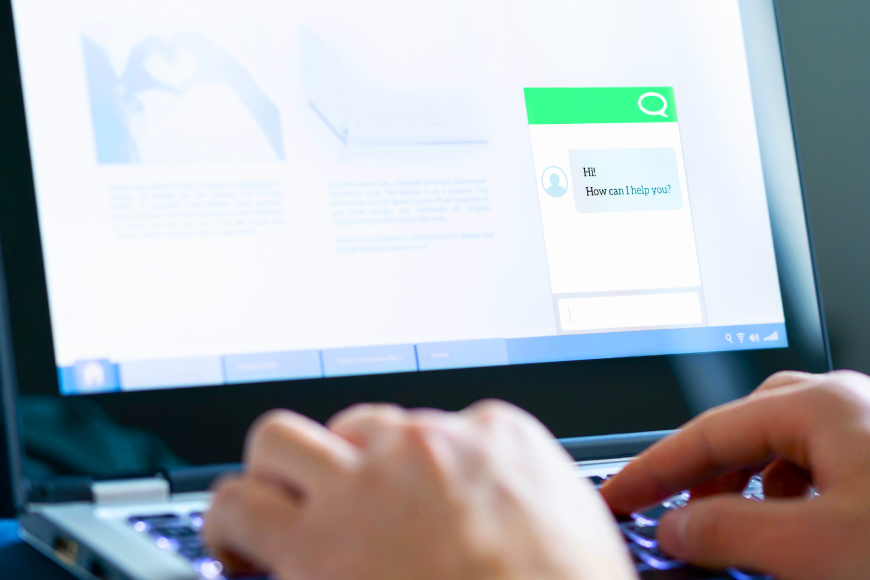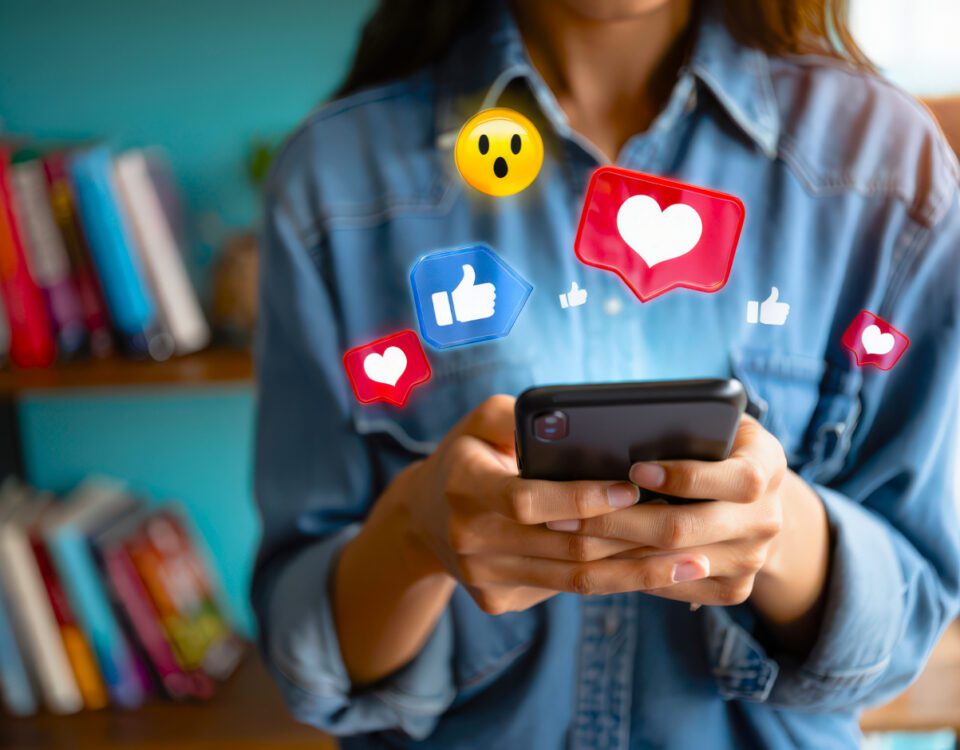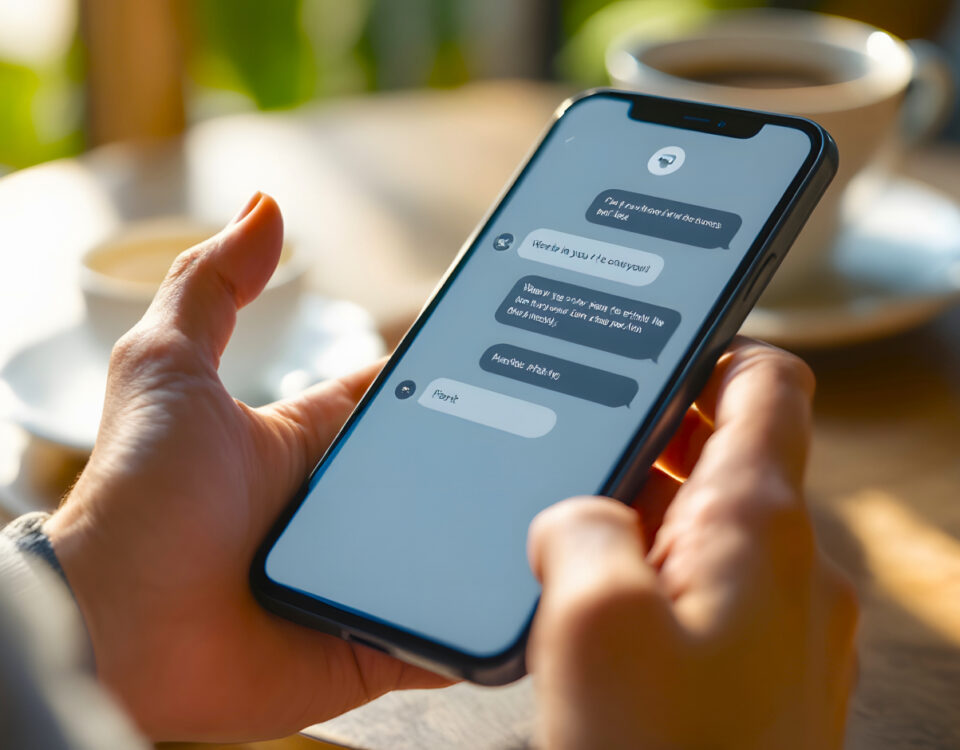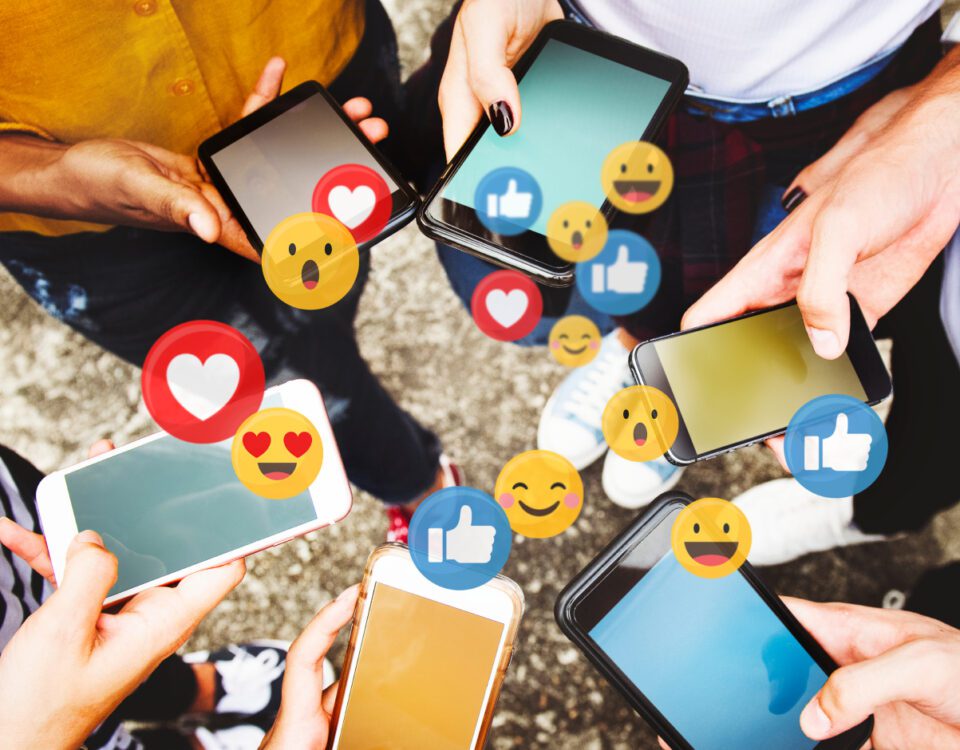Share
Brands and businesses around the world are continually working to keep up with the latest advances in technology and stay ahead of the curve when it comes to emerging digital trends. Not only does this apply to the development of new products, services and processes, but customer service too, where Live Chat is constantly growing in popularity - it’s the number one service choice for shoppers between 18 and 49 years old.
Live Chat website widgets provide opportunities for quicker and more efficient communication between companies and their customers, making it easier for support teams to handle multiple requests at once and faster for consumers to get their enquiries resolved. What does the future hold for Live Chat and how is it expected to evolve over the coming months and years? Read on to discover our predictions for this highly effective customer care tool.
Live Chat Usage Will Increase
The global Live Chat market is projected to reach $987.3 million by 2023, with 73% of customers finding it to be the most satisfactory form of communication with a company due to its immediacy and ease of use. Naturally, shoppers want to receive an instant answer to their questions so they don’t have to wait hours before completing their purchase, making them more likely to return to websites that offer live support. As lifestyles become busier and spare time becomes a scarce resource, it makes sense for businesses to provide speedy service and resolve customers’ concerns as fast as possible before they abandon their carts and turn to competitors.
Live Chat is more economical too, costing companies 15-33% less compared to traditional contact methods such as phone calls. If your brand isn’t currently offering live support, now is the time to get started!

Social Media Messaging Plugins
Although many different Live Chat widgets are available, social media messaging plugins such as Meta’s Messenger plugin are quickly becoming customers’ preferred method of Live Chat, due to the familiarity and cohesion they offer. With around 998 million monthly users, Messenger is one of the most commonly used chat apps, making it a great choice for Live Chat as it enables customers to easily connect with brands through an interface they’re already comfortable with.
Plus, the Messenger plugin allows conversations to continue in-app even if they were started on the desktop version of your website. This means a customer’s chat history is displayed across devices, preventing the frustration of having to repeat information that’s previously been shared. The plugin also has many customisation options so your business can add branded greetings and an appropriate colour scheme.
Facebook will even display a ‘Very responsive to messages’ badge on your brand’s page if you have a Messenger response rate of 90% or higher and a response time of less than 15 minutes, which will build trust in your company and ultimately lead to more conversions and higher loyalty.
Outsourcing Live Chat
Outsourcing customer service to an external agency is becoming a popular option for many businesses, as it saves valuable time and resources for their internal teams and allows them to focus on what they do best. In fact, the outsourced customer experience market is predicted to reach almost $82 billion before 2023, and 78% of businesses feel positive about their current outsourcing partners. Live Chat is no exception, as the expectation of rapid responses can be challenging for in-house teams to keep up with while managing the rest of their incoming customer support requests. Because of this, enlisting the help of a dedicated team can be a great idea for businesses big and small.
Almost 54% of all companies already use third-party support teams to connect with customers and this number is only expected to grow, so if your brand is considering outsourcing its Live Chat facility to an agency, you don’t need to worry about being in a minority. Here at 3sixfive, we will study your website, products and services in depth before we start interacting with your customers, and will adopt your brand’s tone of voice to ensure consistency with the rest of your communications. You can rest assured that your website visitors won’t be able to tell the difference between our team and yours.

More Personalisation
80% of consumers prefer to buy from companies that provide a tailored experience and 66% expect brands to understand their individual needs - and Live Chat is a great place to offer this level of personalisation. Talking to customers while they’re right there on your website means you can suggest items, services and deals that suit their preferences and requirements instead of leaving them to navigate their way through products that aren’t relevant to what they’re looking for.
We can expect to see an increase in personalisation over the coming years as customers become more frustrated with seeing content and messaging that doesn’t reflect their needs, and more loyal to brands who give them what they want. An impressive 92% of shoppers are more likely to make a purchase after being provided with personalised recommendations!
Video Live Chat and AR
In order to extend the practicality of Live Chat even further, some businesses are beginning to explore video-based customer service tools. For certain industries, text alone isn’t sufficient to fully understand the problem a customer is facing and for others, simply being able to put a face to a name can improve the experience massively. This is especially true for highly important transactions such as mortgage applications, which is why UK banks like Nationwide and Barclays now offer video appointments where members can speak to financial advisors face-to-face from their computers, phones and tablets. Since March 2020, the use of video chat for customer support has surged by a huge 70%, undoubtedly as a result of the COVID-19 pandemic and its subsequent lockdowns.
The future might even hold the potential to assist customers through augmented reality (AR) technologies that merge virtual images with real surroundings, which could be especially useful for troubleshooting issues with specific products. For example, a customer could use the camera on their device to show what needs fixing, then a support agent could use AR to virtually ‘solve’ the problem. The customer could then replicate the agent’s actions in real life based on what they’ve seen on the screen - giving a whole new meaning to ‘self-service’!
Summary
Overall, the future of Live Chat customer service looks bright, and we’re excited to see how this popular tool evolves and adapts in the next few years. Swift resolutions, personalisation, multi-tasking capabilities and short wait times will remain the biggest priorities for consumers, while businesses will be on the lookout for cost-effective solutions and better ways to boost customer satisfaction.
Are you struggling to keep up with your incoming Live Chat messages? Let our dedicated team of experts handle your customer requests on your behalf. Get in touch to learn how we can ease your brand’s workload.









